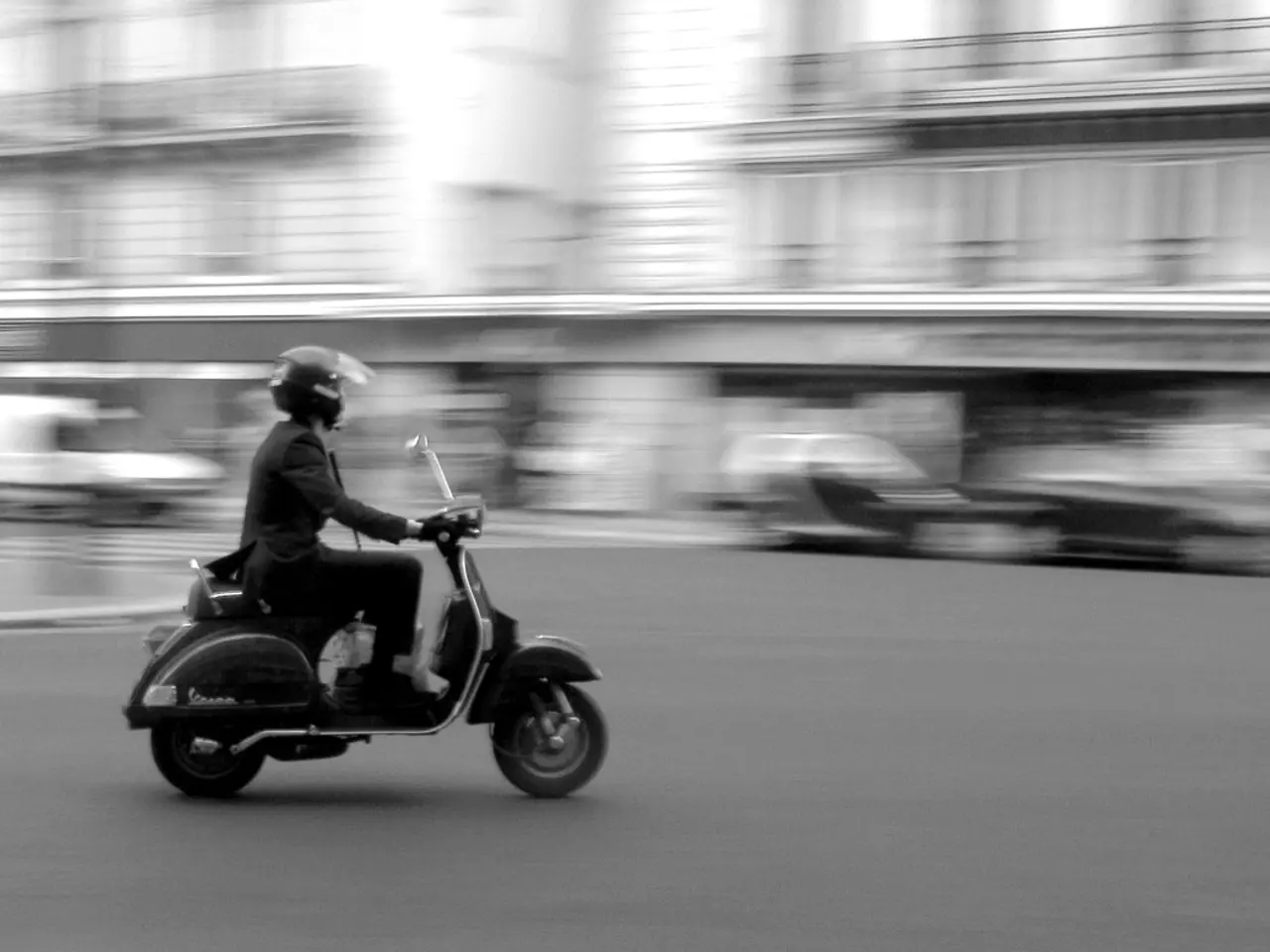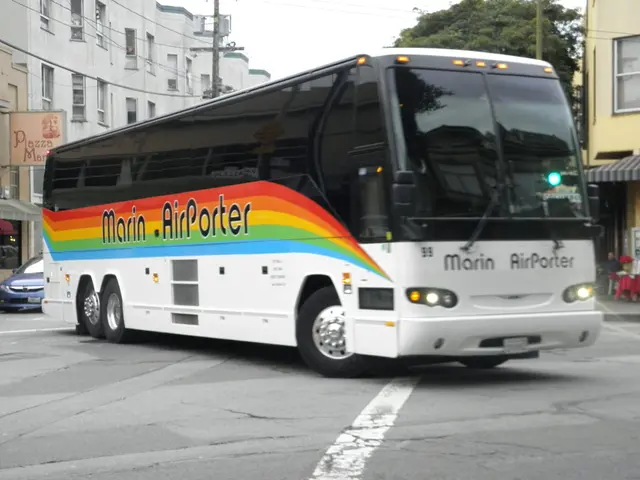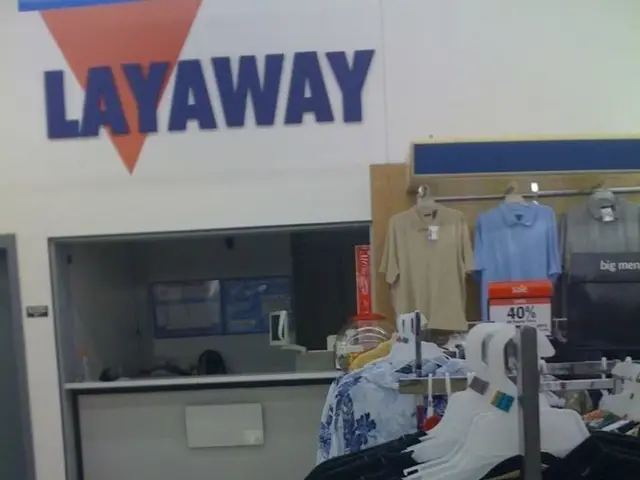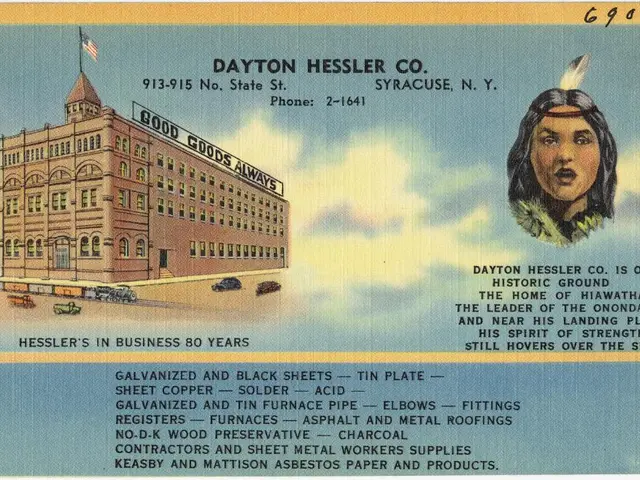Liability in the Event of an Electric Scooter Accident: Who Takes the Blame?
In the rapidly growing world of e-scooters, understanding liability in accidents has become increasingly important. With the surge in e-scooter injuries by nearly 450% over the past five years, according to a report by the U.S. Consumer Product Safety Commission, it's essential to know who could be held responsible when things go wrong.
E-scooter accidents can involve various parties, including negligent motorists, other scooter riders, pedestrians, scooter rental companies or manufacturers, city or government entities, and property owners.
Negligent motorists, such as car or truck drivers who were distracted, speeding, or failed to yield, can be held liable, as can other scooter riders who acted recklessly or violated traffic rules. Pedestrians who behaved negligently or recklessly can also share the blame, as can scooter rental companies or manufacturers if their products were defective, poorly maintained, or had software glitches causing the accident.
City or government entities responsible for maintaining roads and sidewalks can be held liable if hazardous infrastructure, such as potholes, broken curbs, or lack of bike lanes, contributed to the accident. Property owners who failed to address dangerous conditions on their premises can also face legal consequences.
Determining fault in e-scooter accidents requires careful consideration of several key factors. Negligence, product liability, premises or municipal liability, and comparative fault principles all play a role in liability determination. Negligence refers to a party failing to exercise reasonable care, such as a driver running a stop sign or a scooter rider acting recklessly. Product liability applies when the accident was caused by defects or malfunctions in the scooter, and premises or municipal liability comes into play when poor maintenance or hazardous conditions on roads or sidewalks contributed to the accident. Comparative fault rules mean that multiple parties can share fault, and injury compensation may be reduced depending on each party’s degree of fault.
One of the biggest obstacles for injury victims in e-scooter cases is the fine print in scooter rental agreements. These contracts often include arbitration clauses, waivers of liability, and limitations on damages. However, courts are increasingly scrutinizing these provisions, especially if the rider was a minor or if the scooter had known mechanical problems.
Common legal claims against scooter companies include product liability (defective brakes, unstable frames) and negligent maintenance (failing to inspect or repair damaged scooters). Malfunctioning brakes or throttles are another common cause of e-scooter injuries.
Insurance coverage for e-scooter accidents is still a legal gray area, and navigating the complexities of personal injury claims can be challenging due to the denial of responsibility by scooter companies. Thorough investigations, police reports, and eyewitness statements are crucial to establish fault and support claims.
In summary, liability in e-scooter accidents is often complex and may involve multiple parties. Determining fault requires careful consideration of the accident specifics, applicable laws, and sometimes expert legal help. If you find yourself involved in an e-scooter accident, seeking immediate medical attention, taking photos of the scene, getting witness statements, filing a police report, preserving the scooter for future inspection, and avoiding speaking to insurers without legal advice are crucial steps to protect your rights.
- personal injury: In e-scooter accidents, injury compensation may be reduced depending on each party’s degree of fault, a principle known as comparative fault.
- personal-finance: Navigating the complexities of personal injury claims in e-scooter cases can be challenging due to the denial of responsibility by some scooter companies, potentially affecting the victim's financial recovery.
- technology: Thorough investigations, including police reports and eyewitness statements, are crucial to establish fault and support claims in e-scooter accidents, also involving gadgets like smartphones to record relevant evidence.




